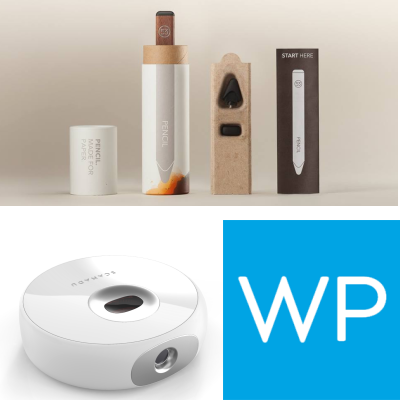When Facebook bought Oculus Rift for $2 billion last month, people said the awkward pairing of a virtual reality headset with an aging social network would never work. The media shouted that Facebook founder Mark Zuckerberg was out of his mind.
However, Zuckerberg’s purchase demonstrates the importance of disruption in today’s quickly changing tech world. Disruptive innovations like Oculus Rift are game changers. They have the power to turn old industries and stagnant markets on their heads. For entrepreneurs, these innovations are critical to success.
Innovating in Stagnant Industries
The key to innovating in long-standing industries lies in discovering new ways to add value to consumers’ experiences.
I’m personally familiar with the tobacco industry — an old market with little historic innovation that’s now undergoing some serious changes. Most industry giants are being left behind by alternate tobacco technologies as they stick to century-old “me too” marketing tactics. But as new innovations emerge, the practice of differentiating tobacco products simply by brand is likely to suffer the same fate as cigarettes themselves.
The tobacco industry isn’t the only giant that needs an injection of innovation. Let’s take a look at three up-and-coming companies that are disrupting old industries.
• Pencil by FiftyThree is a Bluetooth stylus that allows more natural creative expression on digital devices. The Pencil challenges the idea of what an input device for a tablet should be by circumventing the technical limitations of Apple’s tablet technology and allowing seamless integration between software and hardware. It’s further evidence of how rapidly human-technology interactions are evolving and the utility consumers are demanding from their digital devices.
• The Scanadu Scout is our first glimpse at how personal medical tracking will change the way we think about healthcare. The device can quickly and noninvasively measure a user’s heart rate, temperature, oxygen levels, and blood pressure. All the information is sent via Bluetooth and displayed on an app that can track health over time and send users alerts if vital signs look troubling.
This technology will change doctor-patient interactions for the better, including giving rural patients access to better medical care and decreasing the amount of time doctors must spend tracking, recording, and analyzing patients’ health information.
• While Warby Parker isn’t a tech company, it is notable for its disruption of the eyewear industry. Warby Parker has combined the appeal of inexpensive designer glasses with a “home try-on” model that makes shopping for glasses easy, interactive, and fun. Its brand, price point, and shopping experience fit consumers’ tech-focused lifestyle and offers exceptional value with its convenience and “buy a pair, give a pair” proposition.
All three of these companies have taken stagnant industries and offered clean, intuitive alternatives. For entrepreneurs seeking to innovate, prime opportunities for disruption lie in products or services that are important to people yet almost so commonplace that no one has challenged the status quo.
Reinventing Industries
But disruption is not just about fundamentally changing an old industry. It’s about identifying a real pain point, applying a technical solution, and creating a seamless, customer-focused experience around an old product or service.
Take Zappos, for instance. Tony Hsieh took an interest in the far-fetched idea of selling shoes online (with no opportunity for an in-store try-on) when he learned that the retail shoe market was a $40 billion industry that was slowly moving to mail order catalogues. With its free two-way shipping, Zappos turned the problem of buying shoes that don’t fit right into a competitive advantage — a frictionless, customer-first online shopping experience.
The above examples are just a handful of the many companies that are testing opportunities and reinventing stagnant industries. Today, the companies that survive over the long term will be those that can identify products and services that consumers care about — like Facebook has with WhatsApp and Paper — and craft seamless experiences around them.
The companies that don’t seek out opportunities for disruption are destined to follow in the footsteps of Blockbuster and Myspace. Even large companies historically best positioned to succeed by marketing “me too” offerings cannot ignore the need for innovation if they want to maintain market dominance. Breaking from the status quo is no longer optional.

